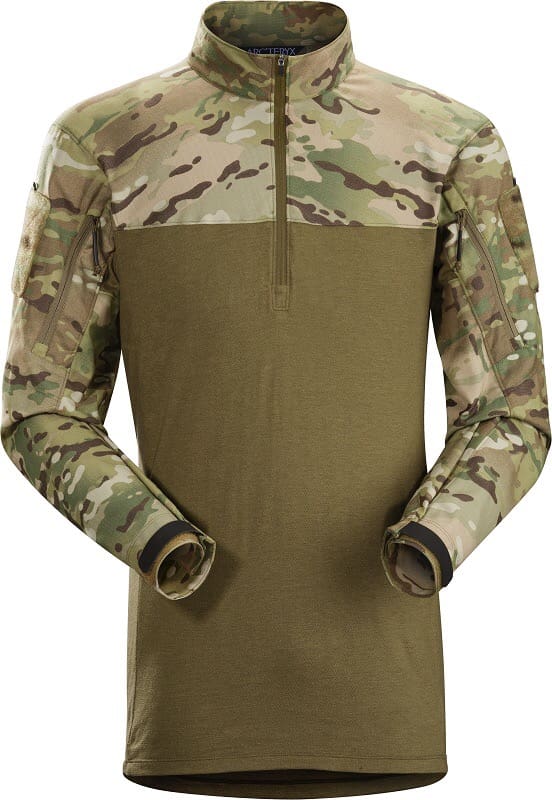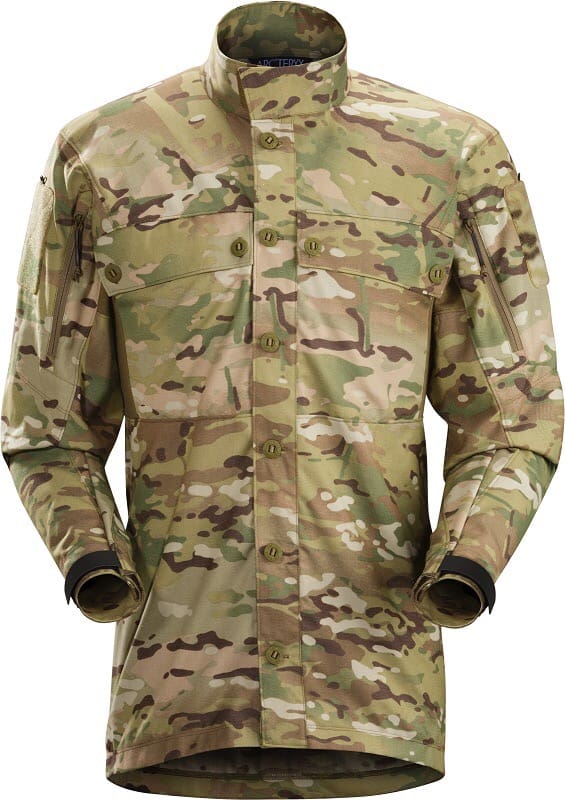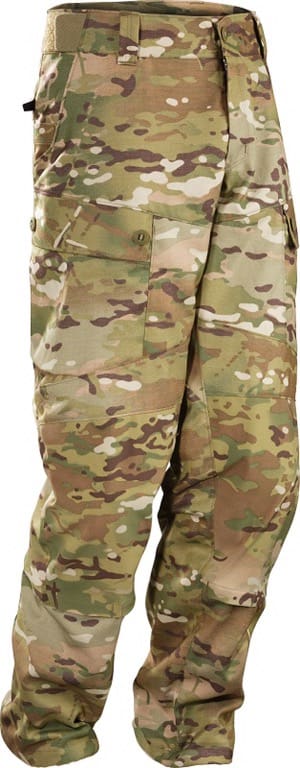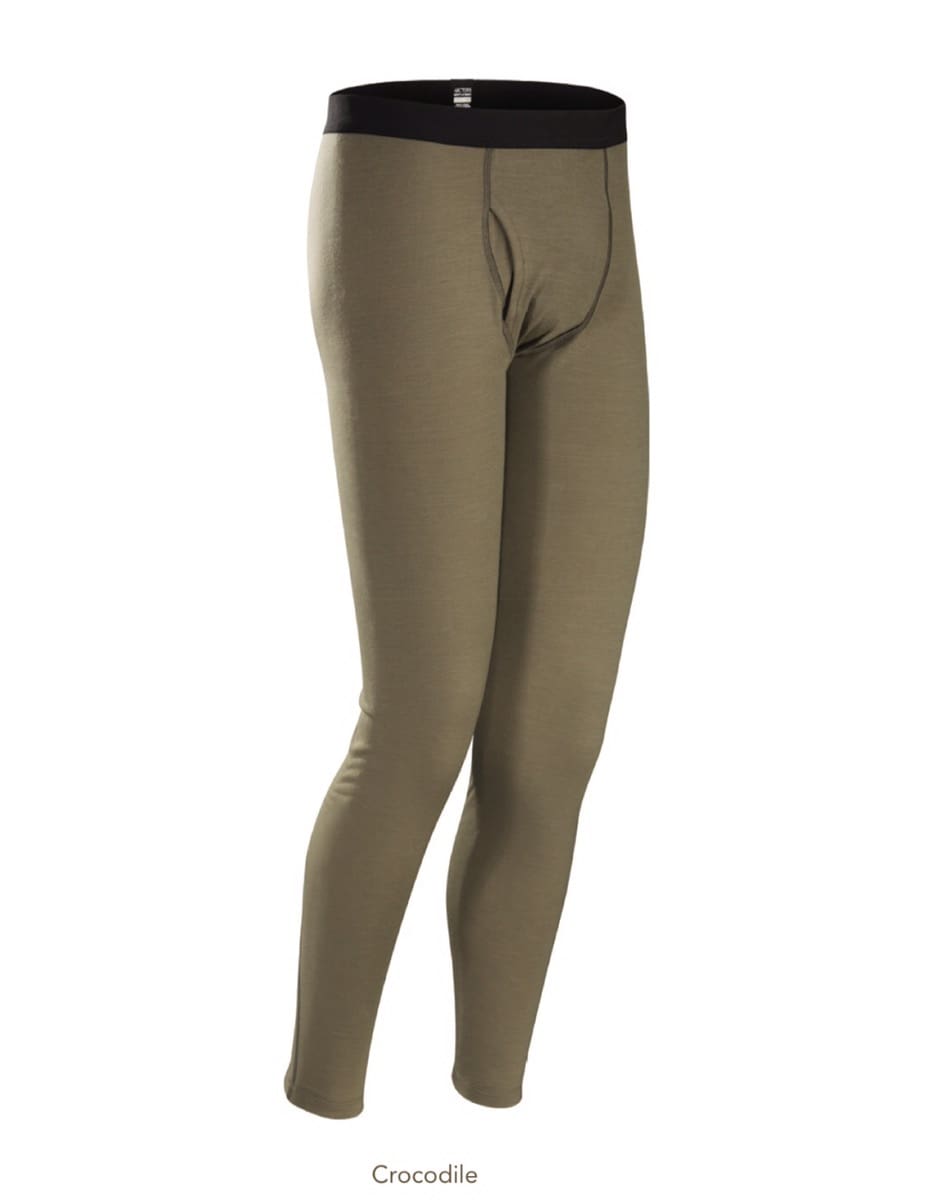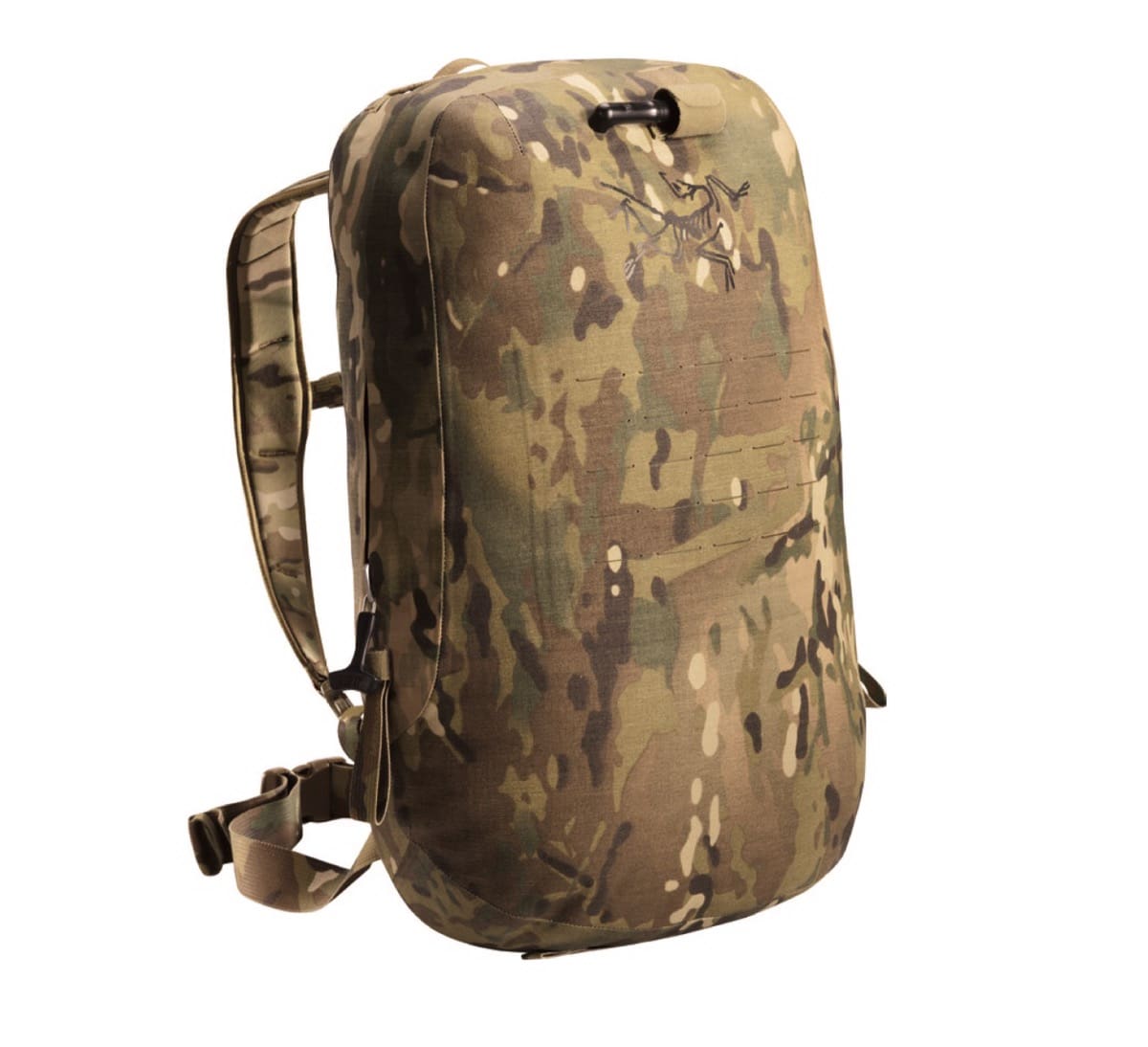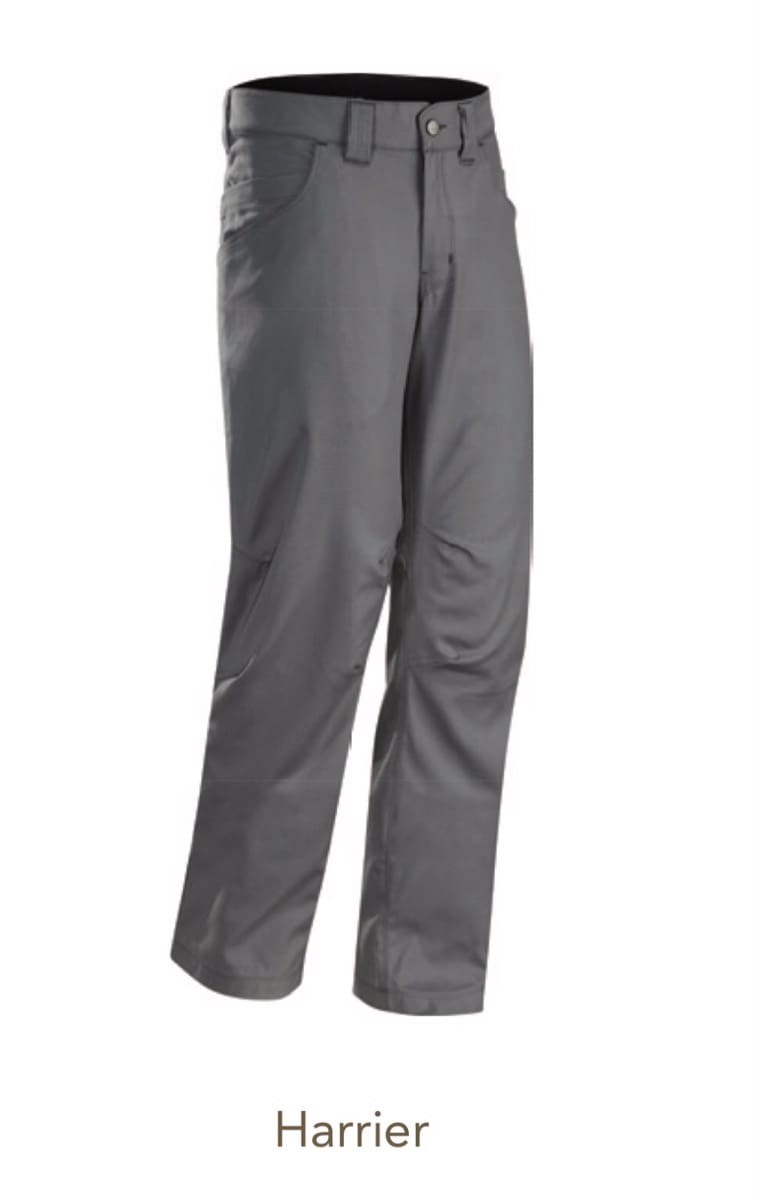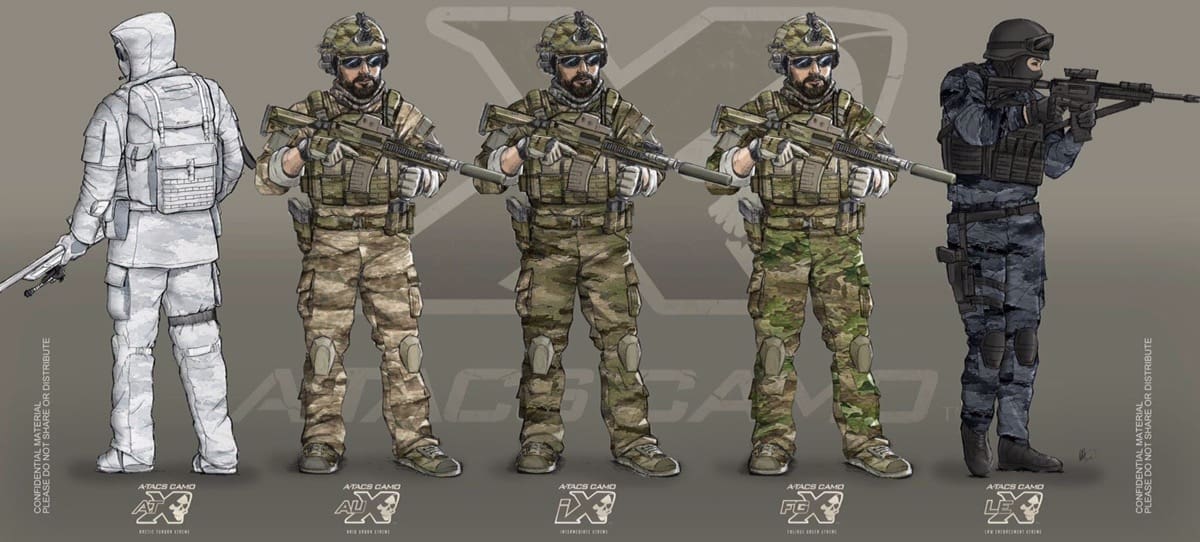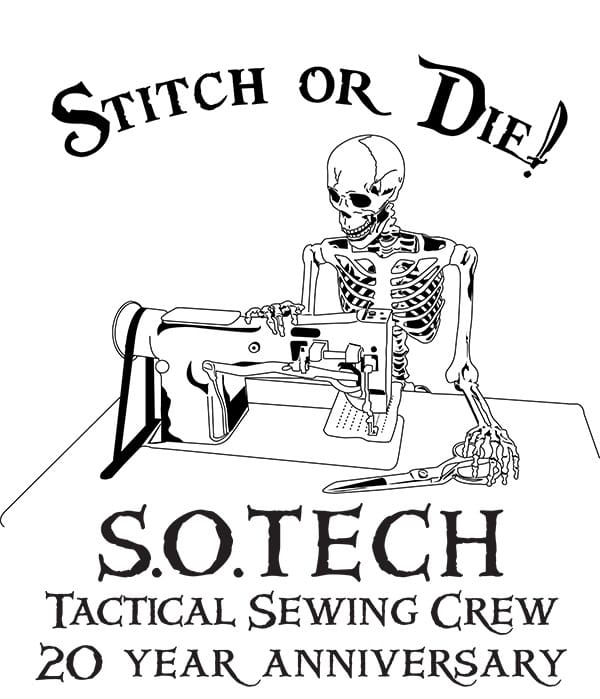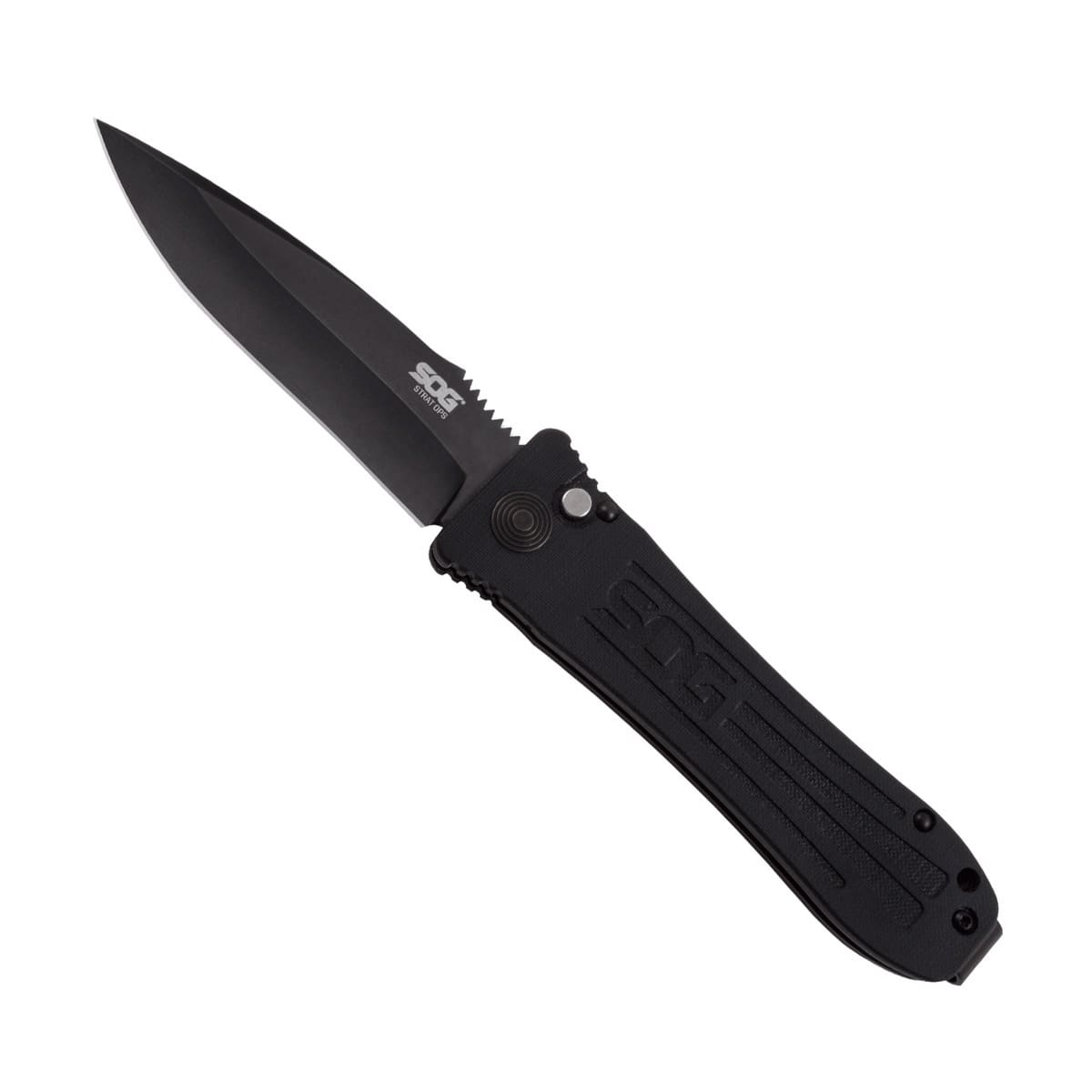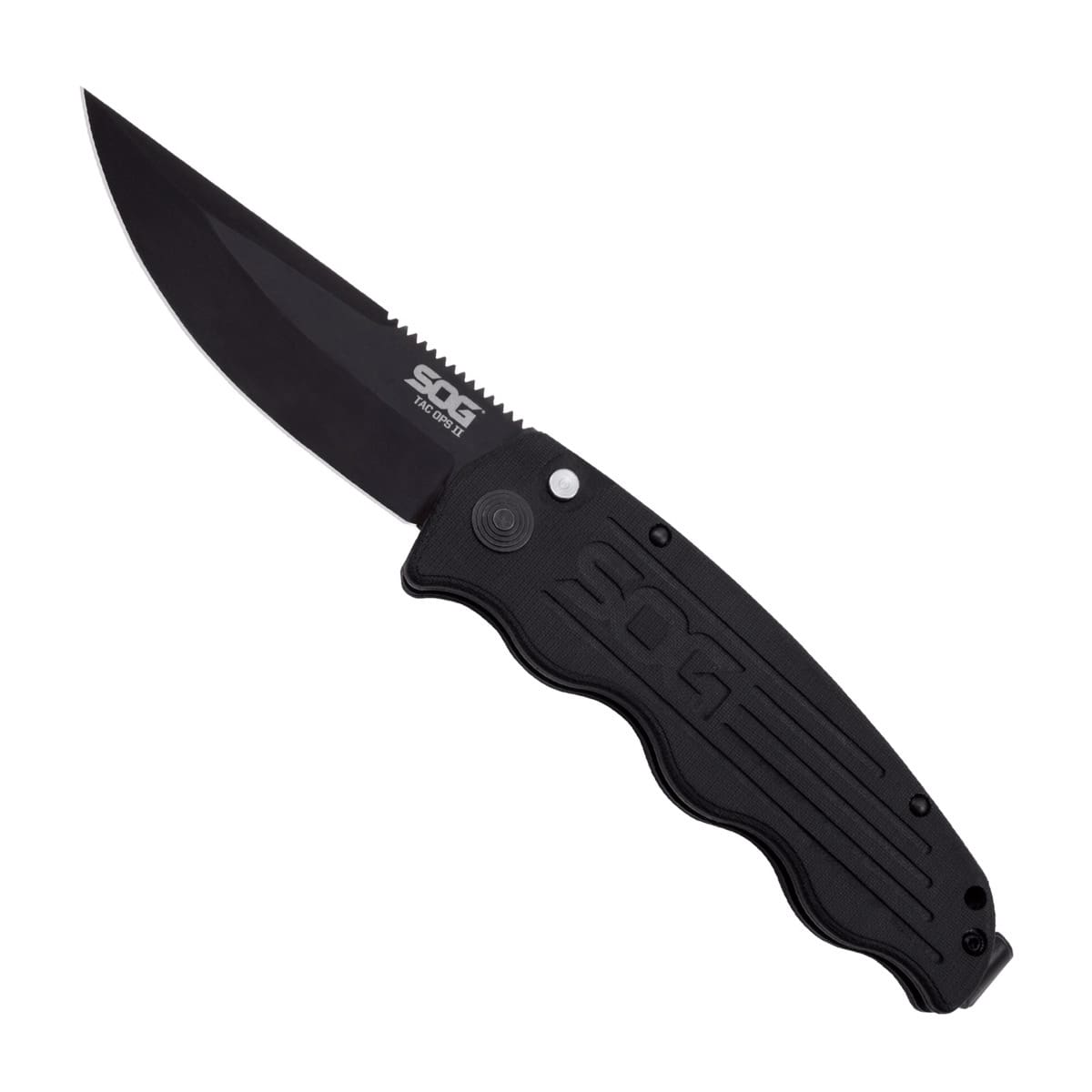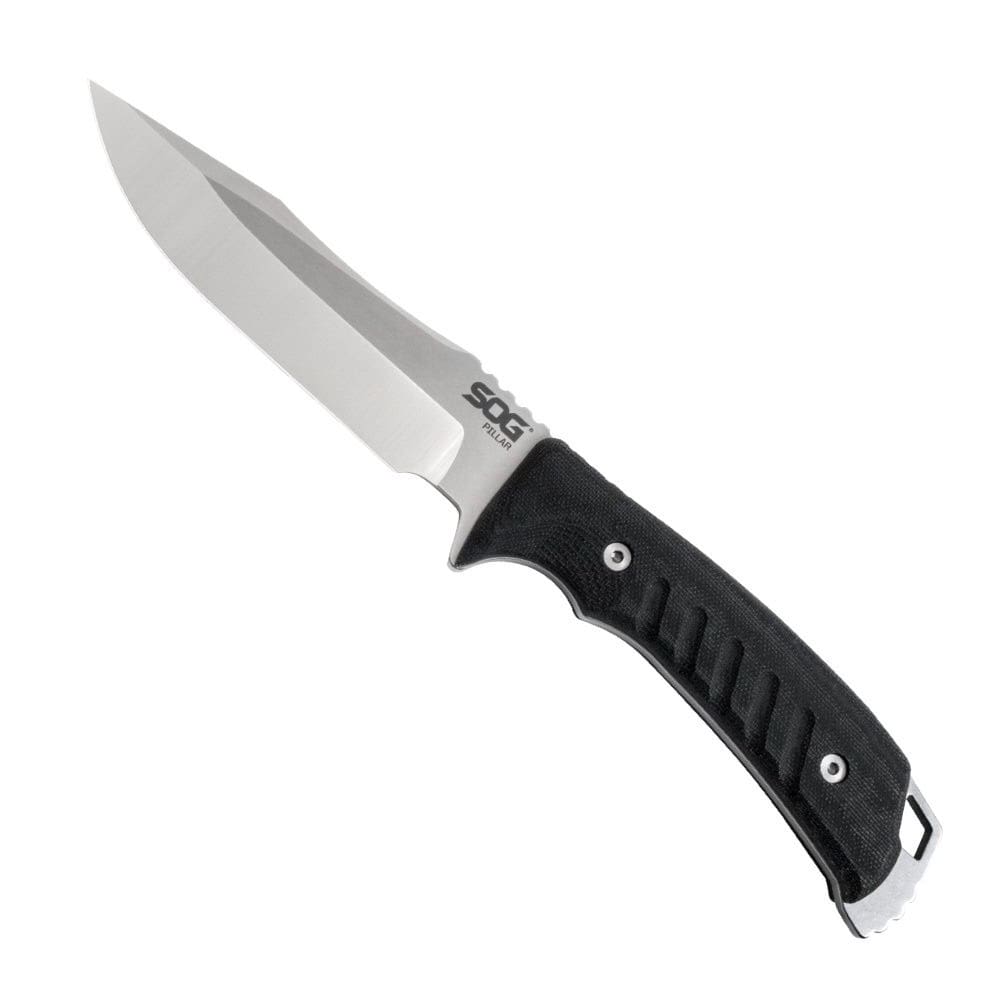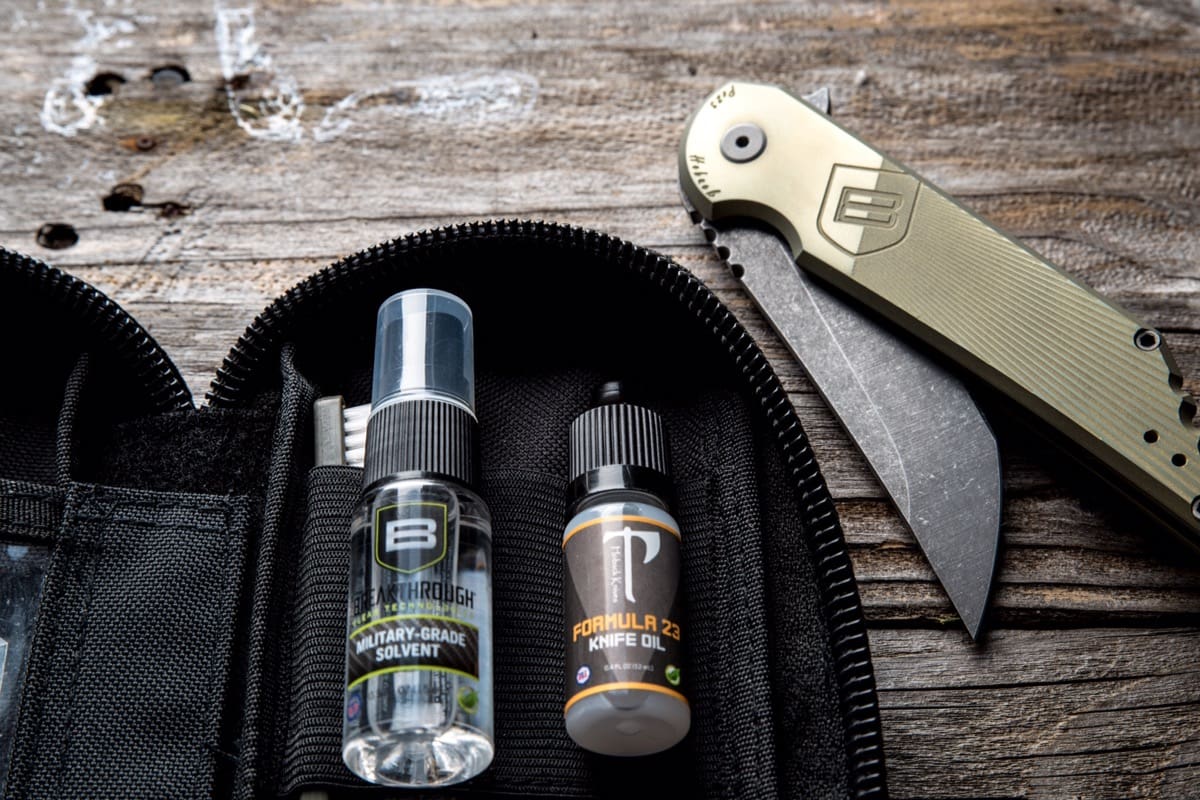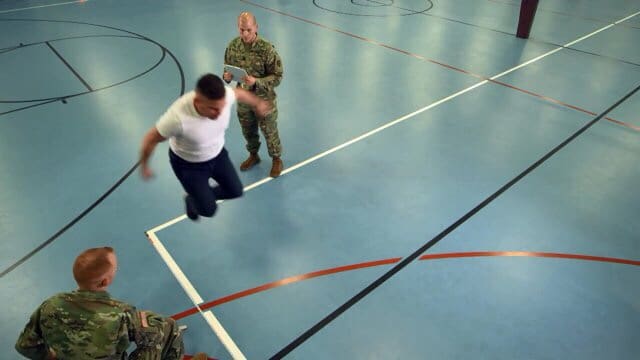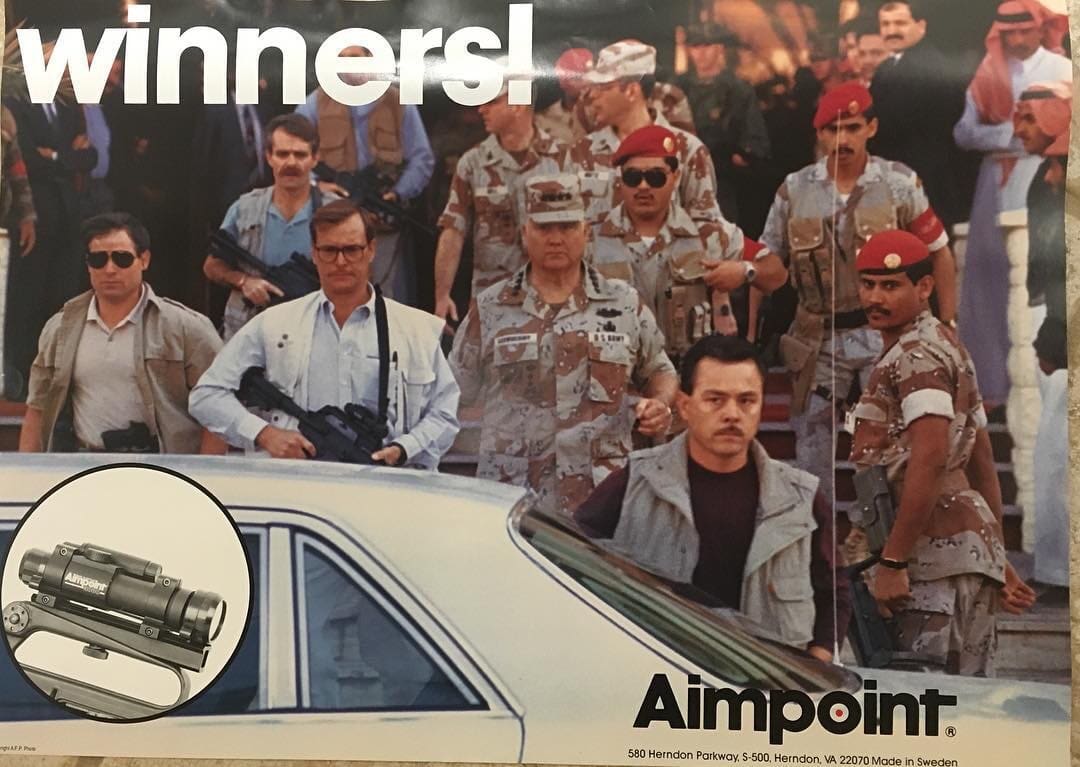Here’s a sneak peek at the 2017 Arc’teryx LEAF line which will be fully unveiled during SHOT Show 2017, January 17-20 at the Sands Expo Center in Las Vegas, Nevada.
Overall, you’re going to see expanded offering of Ranger Green, redesigned Load Carriage and new Garments. What you’ll see here is just an overview. We’ll be offering additional details soon.
Combat Uniform
LEAF is hard to round out their Combat Uniform offerings which started with the AR and FR series, followed by the Assault Coverall AR and FR. Now, they’re introducing the Assault Shirt and Pant as well as Recce Shirt LT for Hot Weather use. Lightweight, breathable, and fast drying, the Combat Uniform LT is made from Katana fabric by WL Gore & Assoc along with Tweave 520E and Cyberknit mesh. It’s not a jungle or arid uniform, but rather intended for wear in either environment.
You’ll note several new features including a zipper on the front of the Recce Shirt LT to get it closed up when you need to keep the bugs out. This can be removed by the wearer, if not needed. They’ve also considered both drainage and ventilation in the design.
Baselayer
The new Baselayer items are made from a Corespun Merino Wool which makes them stronger. The material was brought over from the outdoor line but the designs are LEAF, with a more generous cut than the outdoor line, and LEAF colors of Black and Crocodile. I wore a set during a recent visit to Vancouver and they were comfy during the recent cold snap.
What most people don’t know is that prior to this year, the Alpha and Alpha LT used different Gore-Tex fabrics depending on whether they were solid colors or MultiCam print. This year, that’s been rectified with the Alpha utilizing the WL Gore & Assoc, BD450 3L 40D Nylon Ripstop and the Alpha LT is made from L&F 3L 30D Nylon Plain Weave fabric from Gore. Previously, those fabrics were only used in the MultiCam versions of the clothing. Now, it’s all the same. These are literally the highest end Gore-Tex fabrics used by Arc’teryx. Look for Ranger Green this year as well as the other flagship colors.
The Alpha line consists of Jacket, Pant and Bib while the Alpha LT is just the Jacket and Bib.
Load Carriage
The big story here is a reboot of the Khard. Over the past few years, LEAF has named products based on what they do and the Assault Pack is a classic example. The Assault Pack is more refinement of the Khard than a completely new model and is still offered in 30 and 45 liter models. Many of the changes are in the lid with the zippered poxket on the inside removed and the outer zippered pocket given a flap and made slightly smaller so that the contents won’t fall down and pool at the bottom of the pocket.
The Assault Pack’s backpanel was also redesigned to make it more compatible with PPE. Having worn the new Assault Pack 45 for the past month, it still offers a comfortable carry while not wearing armor. In fact, the removable waist strap for both sizes was a welcome addition along with the thicker shoulder pads for both 30 and 45 liter models. Additionally, it’s now available in Black as well as Coyote and Wolf. The Khard 60 remins as-is in the line as a specialist item, although no Black color offering.
Finally, Arc’teryx LEAF is officially launching the DryPack 25 which we previewed last Summer. This is going to be very popular due to its size and price. Available in MultiCam it’s made from a 725D laminate with full seam taping and a T-handle waterproof zipper. They’ve also incorporated an inflation tube for swimming and diving operations.
Xfunctional Equipment
The popular Xfunctional Pant AR is now offered in Harrier which is a Grey color which joins Greenstone and Terra. Remember, these don’t sport the standard LEAF color palette because they are intended for more low profile wear rather part of a uniform system.
On a side note, although part of the outdoor line, the BAC will also be available starting this month in additional colors.
Availability
Look for an updated LEAF website from Arc’teryx on 11 January as well as LEAF dealers for orders of these new products. Everything will be available for sale this first quarter of the year with the exception of the Combat Uniform LT and the DryPack 25 which will be offered in the second quarter.


